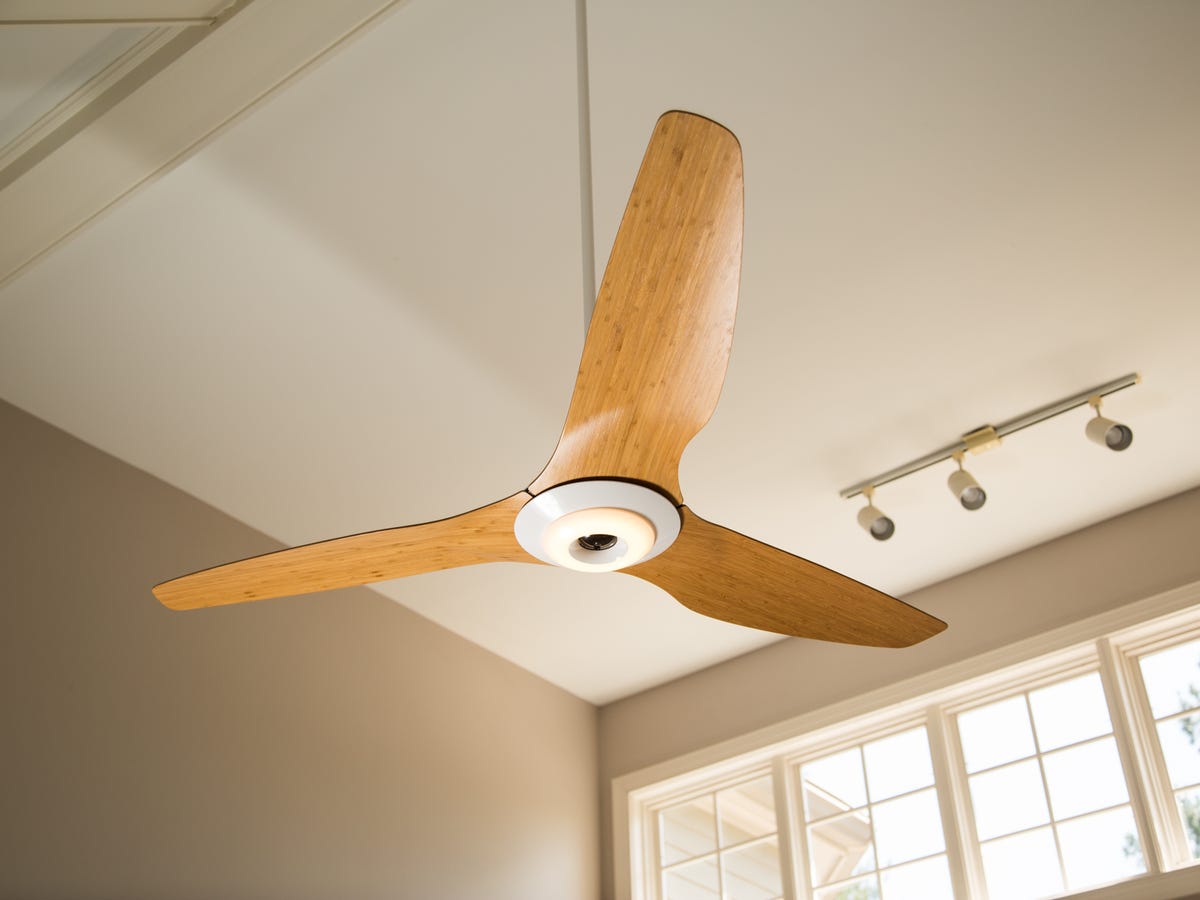Summer 2024 is here, and it could be even hotter than last summer’s record-breaking temperatures. With these dangerous levels of heat, home-cooling costs are expected to be nearly 8% higher this summer, and the average cost of keeping an American home cool will hit a 10-year high.
When dealing with sweltering temperatures, you need an air conditioner that can keep your home cool. But, while it’s understandable to want a comfortable environment to live in, it’s also important to remain conscious of how energy-efficient your home is. You may be tempted to turn the temperature on your thermostat all the way down, but lowering the temp will make your electric bill rise — especially with energy costs remaining high.
So, we’ve compiled some tips to keep your home as comfortably cool as possible while minimizing the amount of electricity you use. Something as simple as turning on a fan or closing the blinds during the day can make a big difference.
Here are six tricks to keep your home cool and use your thermostat more economically when it’s warmer outside. (For more, we also recommend investing in a smart plug or a smart thermostat, adjusting the temperature of your thermostat and weather-stripping to save extra cash.)
1. Sign up for an energy audit

If your home isn’t brand new, the cold air inside is probably seeping out through doors and windows with spotty seals, a poorly insulated attic and other locations of sneaky cracks.
To see how well your home is holding the cold in, sign up for a home energy audit with your utility provider or a local contractor. A certified home energy rater or auditor will check your home for leaks and recommend the best way to make your home more energy-efficient.
Don’t want to spring for an audit? You can do a DIY audit instead. Stand outside your home and run your hand around the windows and doors. Can you feel the cold air escaping? If you do, caulk around leaky windows and add insulation around doors.
2. Get a smart thermostat
If you haven’t upgraded to a smart thermostat — such as one by Ecobee or Nest — it might be time to make a change. Smart thermostats can regulate heating and cooling when you’re not home to save money. Plus, you can adjust the settings remotely using an app on your phone or via voice commands. Here’s our list of the best smart thermostats to help you make the best decision for your home.
3. Check the placement of your thermostat
Thermostat placement can play a big part in how well your air conditioner works. If you put the thermostat on a wall right next to a hot window, for instance, your air conditioner will kick on much more often than it needs to because your thermostat will think the room is hotter than it actually is. Here’s how to pick the perfect wall for your thermostat and the ideal temperature you should set it to. You can also consider a smart thermostat that comes with extra room sensors, allowing it to keep track of the temperature throughout your home.
4. Close the blinds
A window letting in the hot sun won’t just heat up your thermostat, it’ll heat you up, too. During the warmest part of the day, close your blinds to keep out the sun. It can also help insulate your windows, which stops the cold air from escaping. There are also special insulating blinds, curtains and drapes that can keep your home even cooler.

A fan can help save on cooling costs.
5. Try a ceiling fan
You don’t always need to amp up the AC to feel cooler. Using a ceiling fan can make a room feel cooler, enough that you can increase the thermostat temperature by 4 degrees “with no reduction in comfort.” If you want to get high-tech, you can install a smart ceiling fan that connects to an app and automatically adjusts based on schedules you create. Just make sure your fan is rotating counterclockwise in the summer to get the most benefit.
Here Are 23 Ways to Save On Your Electric Bills Right Now
6. Increase the temperature
To save the most money, always set your thermostat to the highest temperature you can comfortably stand. A programmable thermostat makes it easy to keep your AC at the right temperature. You can program the unit to hold at higher temperatures while you’re at work and cool down right before you get home.
You can save 10% a year on your cooling bills by setting your thermostat just 10 to 15 degrees Fahrenheit higher for 8 hours each day, according to the Nebraska Energy Office. The US Department of Energy recommends aiming for an indoor temperature of 78 degrees Fahrenheit when you’re at home. But it’s fine if 78 degrees isn’t doable for you; even a small change in temperature can save you big bucks, knocking your energy bill down by up to 3% annually.
For more energy savings, explore our home sustainability cheat sheet full of eco-friendly tips and read about how you can save money by unplugging certain appliances when not using them.




















+ There are no comments
Add yours